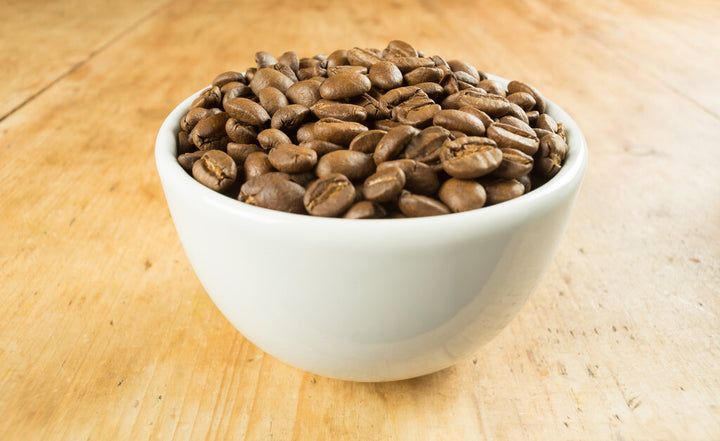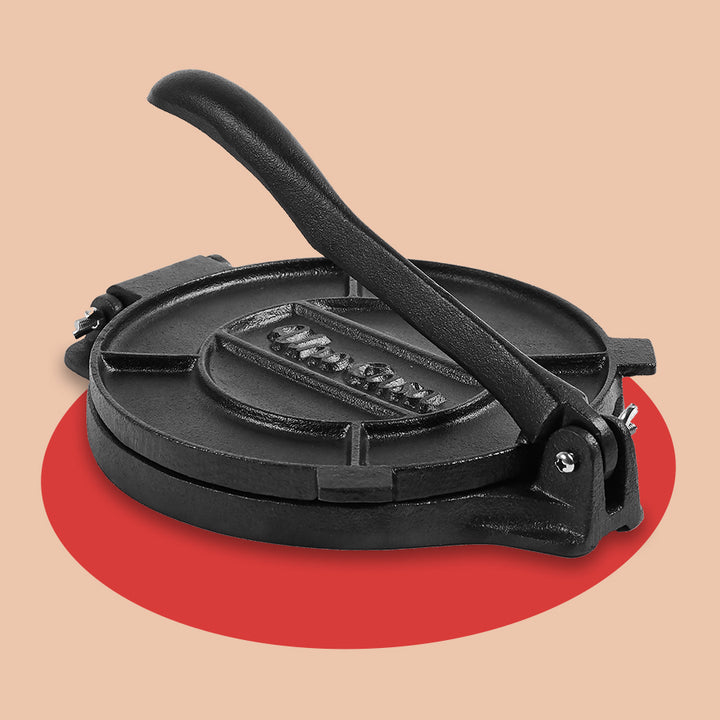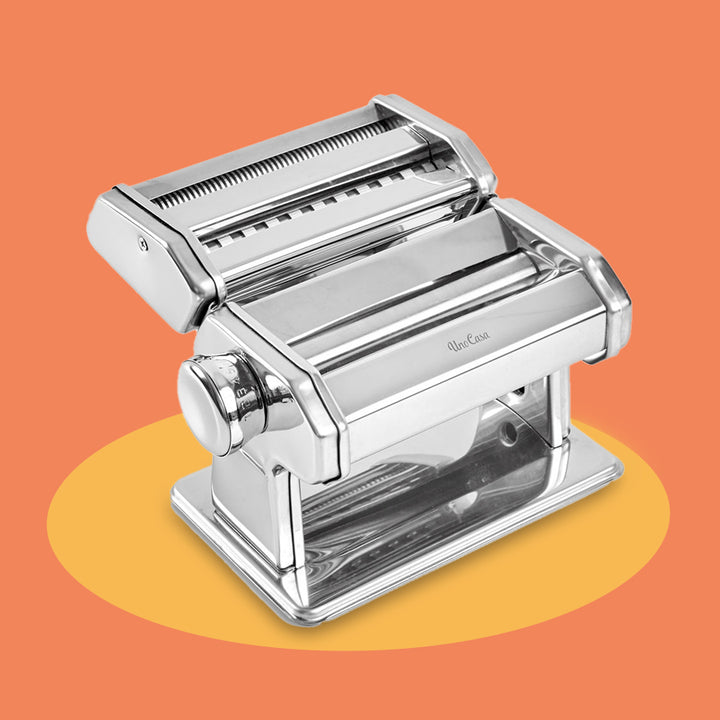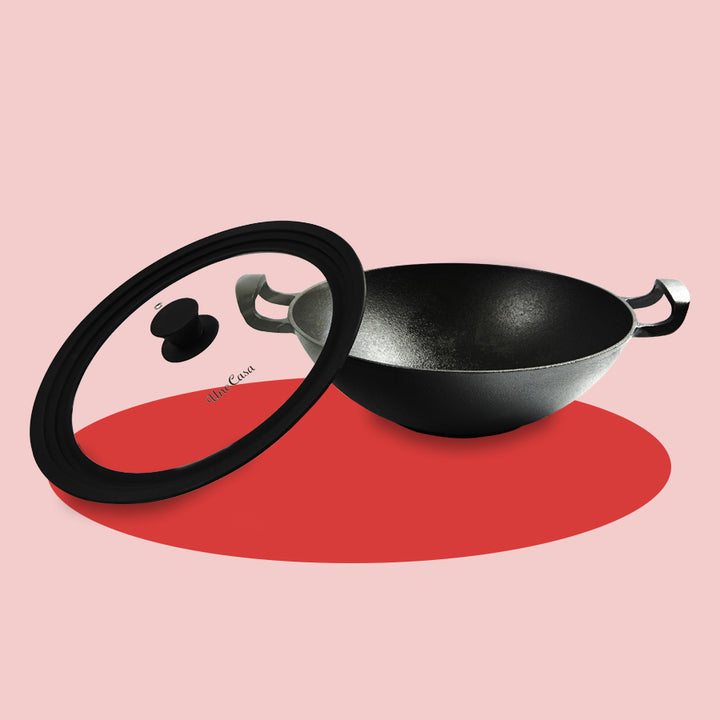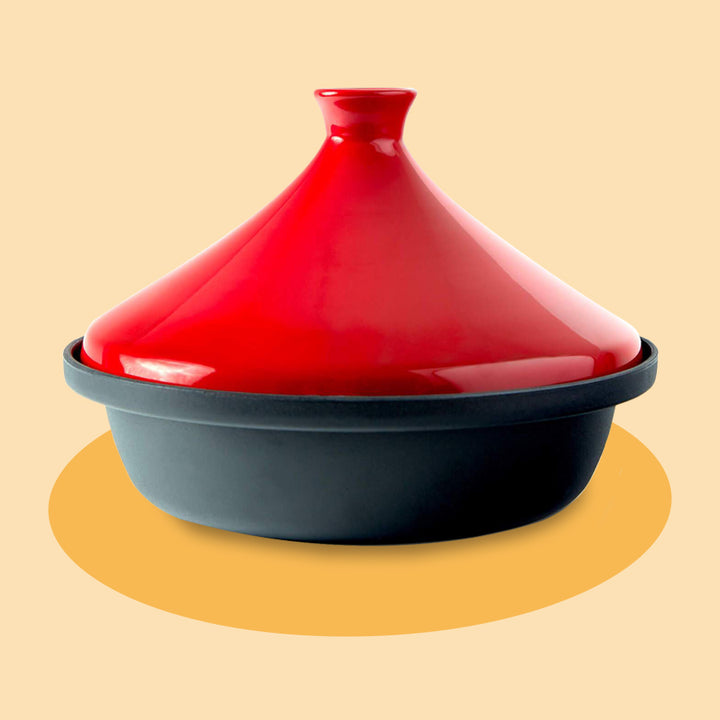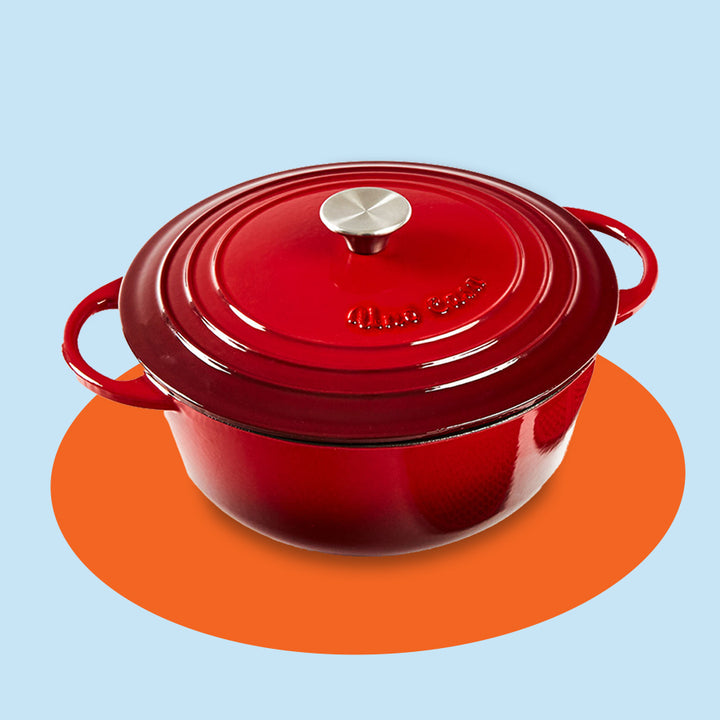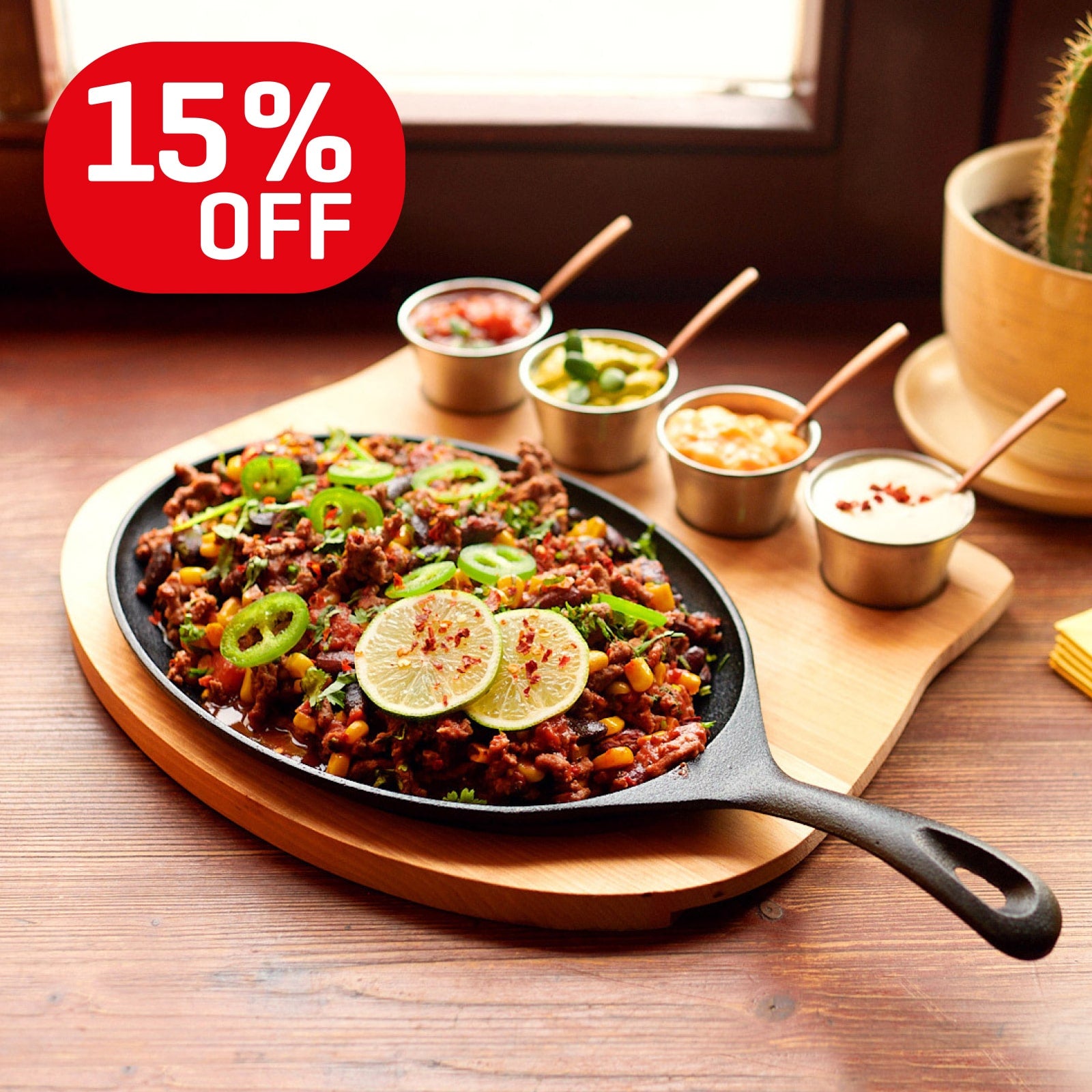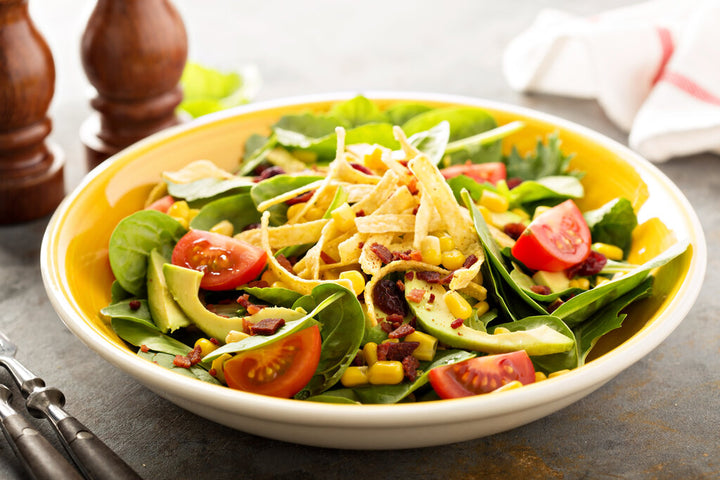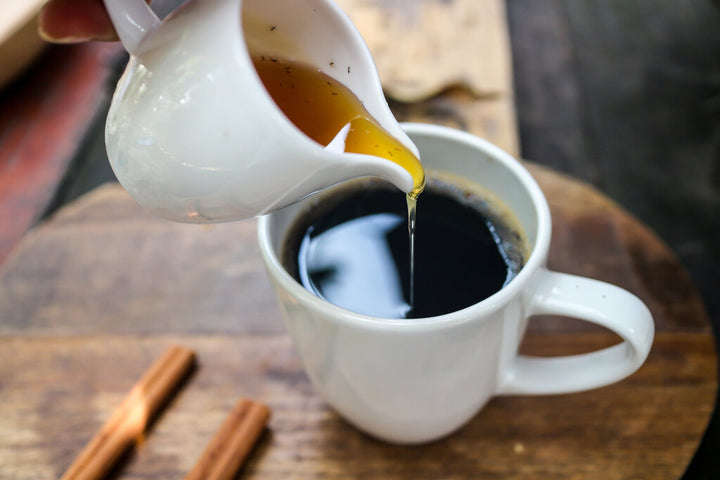Cast Iron on Induction Stovetops: Tips and Tricks

Okay, so you've got a nice, new (and expensive!) glass induction stove for your kitchen. You also love cooking with your trusty, traditional cast iron skillet. But cast iron on induction cooktops? At first glance, that doesn't seem like it's going to be a good idea for any of the items involved!
Cast iron is a fantastic retainer of heat though, and while yes, it can definitely scratch the surface of the shiny glass top while you're induction cooking, the combination can have some great benefits. Yes, the cast iron induction stove combo can work well, you just need to be (really) careful!
How does induction cooking actually work?
In this article, we'll share a few tips and tricks to help you better protect your induction cooktop when you're using cast iron cookware. Let's make a start by taking a look at how induction cookers actually work, so you can see why you would want to use your heavy cast iron pans on them in the first place.
Induction cooktops consist of a layer of glass that covers an electromagnetic field below it. You place your pot or pan on the cooktop (such as a stainless steel option), and energy from the electromagnetic field is transferred directly to the pan itself. Instead of the cooktop supplying heat for an intermediary, such as an electric coil, the electromagnetic field ensures that the source of energy becomes the pan itself.
Induction cooking is much faster than more traditional methods because the energy transfer is much more efficient. A pan will heat up more efficiently on an induction cooktop than on an electric stovetop or gas burner. For the system to work, the cookware you use needs to be a conductive metal (stainless steel and carbon steel are options), or the electromagnet won't work.
Cast iron cookware is definitely metal. Which means that it works as a great conductor.
Does cast iron work on induction cooktops?
The induction cooktop cast iron combination is an excellent setup in theory. Still, there are a few apparent risks that we'll get to soon enough. Let's start with the positives, though. Does cast iron work on induction cooktops? Yes, and it works very well.
Cast iron is exactly the sort of material that works well in this scenario. The heavy cast iron metal acts as a great heat retainer, but more importantly, if you're cooking on induction principles, the iron literally draws in all that electromagnetic current.
Cast iron is all iron, and it will work every time without fail when you're using an induction cooker.
But doesn't cast iron scratch induction cooktops?
There are a few downsides to look at when we're considering the question, does cast iron work on induction cooktops? Overall, however, we'd say that the advantages cast iron brings to the kitchen, outweigh the disadvantages of using cast iron with induction cooktops.
The most glaring danger is that your heavy, rough cast iron skillet will scratch your shiny, new induction cooktop. There's no denying that you need to be careful, because induction stovetops don't come cheap. You need to be super-careful, in fact. There are a few helpful tips and tricks you can employ to avoid scratching, though.
Don't slide your cast iron
Place your pan firmly down on the surface of the induction cooktop when you're ready to cook. Do this in one smooth movement where possible.
Once it's set, don't move it on the induction cooker. It's as simple as that.
Keeping the cast iron cookware firmly in one place will avoid any unwanted scratches during the cooking process.
Use paper towels
It might seem unnatural, but you can place a paper towel or piece of paper between the cast iron pan and the stovetop to stop scratching.
But won't it catch fire? No. The beauty of induction cooking is that all the heat is generated in the cast iron pan itself, not on the stovetop. The stovetop itself doesn't get hot during the cooking process.
A paper towel won't stop the magnetic force from being attracted to the cast iron, but it will create a barrier between the conducting metal and the glass, which can help to avoid any unwanted scratches. Just keep an eye on the cooktop while things are cooking to be super safe!
Smooth the bottom of the cast iron
One unfortunate disadvantage of cast iron is that it's never entirely smooth. It's heavy-duty, it works efficiently, and it's hardy and durable, but cast iron is not sleek, and nor is it smooth.
Cast iron cookware often has rough bumps or scratches. If these are on the bottom of the pans they can easily cause scratching on a glass induction cooktop and disrupt the induction process itself.
It's a bit of a chore of course, but you can smooth down the bottom of the cast iron (using an iron file or something similar), to ensure that there are no obvious bumps or rough patches that might cause damage when you're cooking.
Use enameled cast iron
Enameled cast iron skillets and cookware is the much sleeker, more modern version of traditional cast iron. It's generally lighter and much smoother than regular cast iron, which can make it great for induction cooking.
Enamel cast iron is just as conductive as standard cast iron, but the enamel coating which protects the surface of a pan can slow down the heating process. It's perfect for slow cooking, but you won't achieve the same high temperatures as you can from normal cast iron cookware.
The added protection, light composition, and smoother surfaces of enamel cast iron could outweigh those disadvantages however if you're cooking on a glass induction stove.
Keep everything clean
It's essential to keep both your cast iron cookware and your glass induction stove thoroughly clean. Leftover food or cooking debris that clings to the bottom of the pan or to the glass top can cause scratching the next time you start to cook with cast iron, so you need to keep surfaces clean and clear.
Before you cook, it's always good practice to wipe down the cooking surface with a wet towel (you might then want to leave the wet towel under the pan, as we explained above, while you cook). You should also give your cast iron pan a quick wipe down too.
Once you've finished cooking, you should once again wipe down your cooking surface to remove any dirt or residue. You will want to give the induction cooktops a deeper clean once a week, or if you have a particularly messy cooking session. Glass induction cooktops are easy to wipe down and to keep clean, so take advantage of that.
What pans do not work with induction?
And how to tell if your cookware is induction compatible
For a pan to be compatible with induction it must be magnetized. The best way to check this is to hold a magnet to the bottom of your pan and see if it sticks. Usually glass, aluminum, and copper pans don't work on an induction stove unless they have the magnetic material.
Take care of your cast iron cookware
While glass is easy to wipe down, cast iron isn't quite so easy to take care of. It's important that you keep your cast iron cookware in good condition, however, to help to improve both the lifespan of your pans and the lifespan of your glass cooktop.
You need to wash your cast iron skillet after every cooking session. Don't use soap, just hot water, and a scraper to remove any leftover food or burnt residue. Check the bottom of the pan, in particular, for anything stray scraps of food that might have stuck there while you were cooking!
Do not use a metal scourer, as this can remove the seasoned layer that protects your cast iron surface from rust. A rusty pan is more likely to cause scratches on a glass top, so you really want to avoid this. Once you've washed the pan itself, it needs to dry before you store it away, or again, rust can start to accumulate over time (which you don't want).
The seasoning also needs to be kept intact or re-seasoned if it begins to disappear. This helps to keep your pan going for longer, as the seasoning forms a layer of protection on the surface. The most efficient way to do this is to lightly swab your pan with oil after cleaning it. You need to preheat your oven to 350°Fahrenheit, then leave your pan to bake upside down on the top shelf for at least one hour. This gives your cast iron the protective seasoning it needs.
Using cast iron cookware on induction stoves can be a very effective way to cook. Still, you do need to be careful of scratching the surface of your cooktop. With a few handy tips and tricks, though, you can make the most of the best qualities of both a cast iron skillet and an induction stove!
Though if you will cook outdoors on fire don't forget to check our partners Wise Moose Fire poker on Amazon.
Also, check our Cast Iron Hibachi Grill on Amazon.
Leave a comment
Comments will be approved before showing up.
Also in Tips
